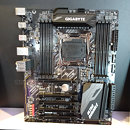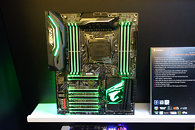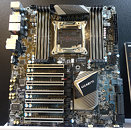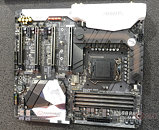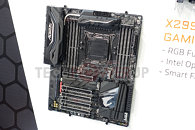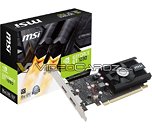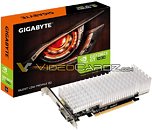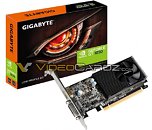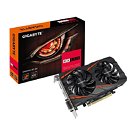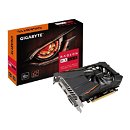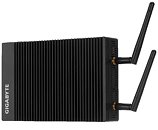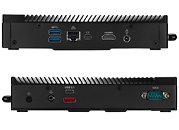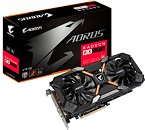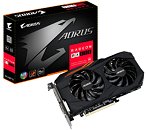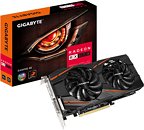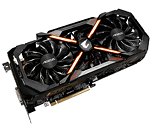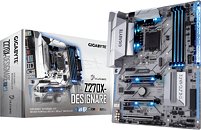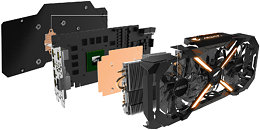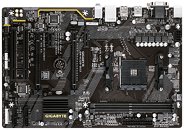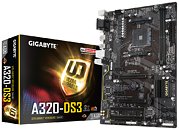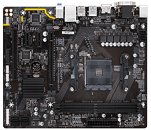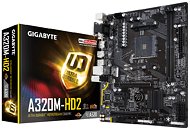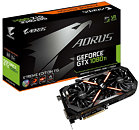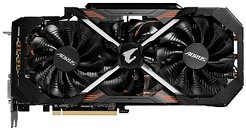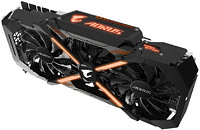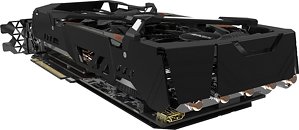TPU Ryzen BIOS Digest Issue #7
In this issue of the Ryzen BIOS update digest, we have the latest updates. Our BIOS update digest lets you keep track of crucial BIOS updates that improve stability of your AMD Ryzen machine. As per usual, only updated BIOSes from the last digest are listed. Changes are listed after each BIOS, sans beta BIOSes which do not always include change logs. You can find it all below.
We have now moved to a "rolling-release" model for our digest to better track releases as they happen. Today we have some releases and betas from a broad range of manufacturers.
Special shout out to @nemesis.ie for tipping our local news editor off to some stealthy ASRock betas. Please note that although I have included those betas, they have a german zip self-extractor, so some language-fu may be required to extract them.
We have now moved to a "rolling-release" model for our digest to better track releases as they happen. Today we have some releases and betas from a broad range of manufacturers.
Special shout out to @nemesis.ie for tipping our local news editor off to some stealthy ASRock betas. Please note that although I have included those betas, they have a german zip self-extractor, so some language-fu may be required to extract them.


